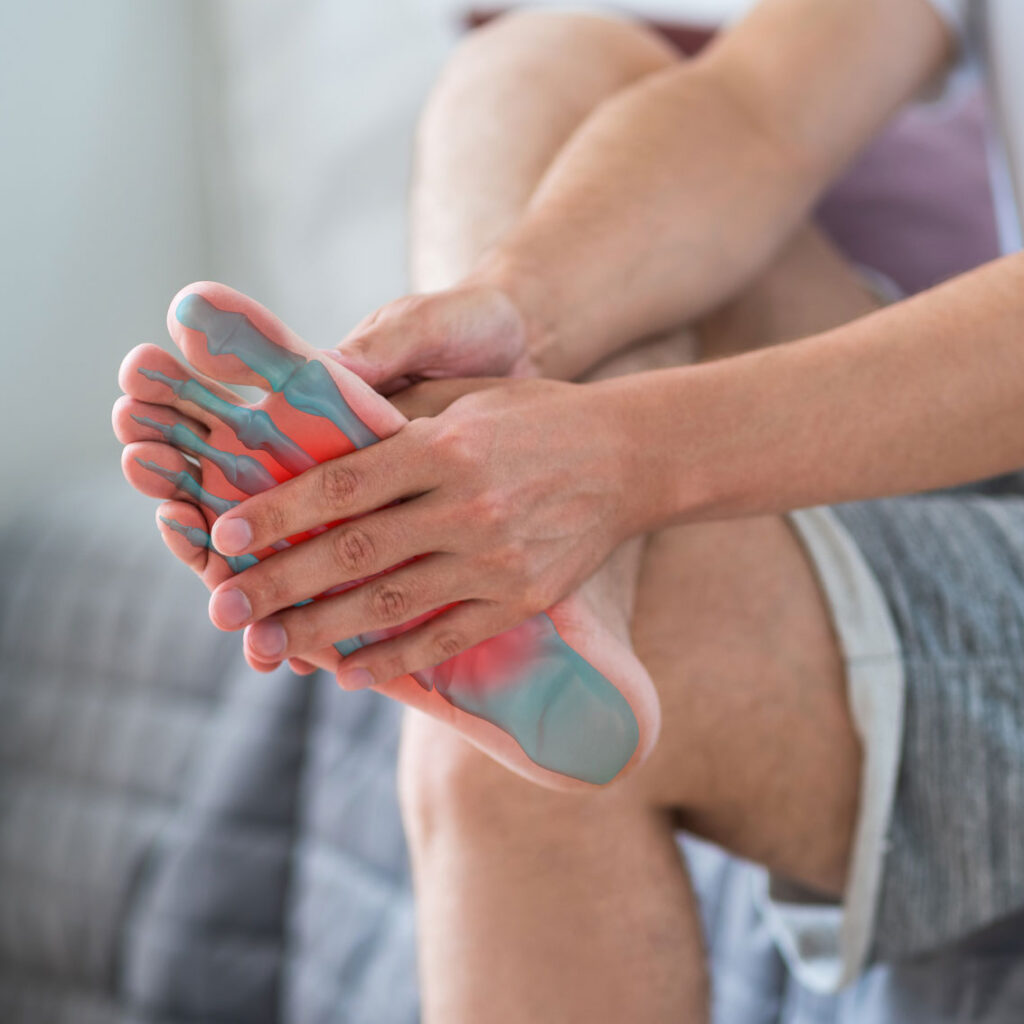
Heel pain from plantar fasciitis can impact every step you take, but effective relief is possible. Physical therapy offers targeted treatments that ease pain, restore mobility, and help you return to daily activities without discomfort.
![]()
OrthoRehab
August 30, 2025

Heel pain can make even the simplest activities feel overwhelming. For many people, plantar fasciitis is the culprit—a stubborn condition that affects daily comfort and mobility. The good news? With expert physical therapy, recovery is possible, and every step forward can be pain-free.
Plantar fasciitis occurs when the plantar fascia—a thick band of tissue supporting your arch—becomes irritated or inflamed. This tissue connects the heel bone to the toes and works like a natural shock absorber. When stressed, it can cause stabbing heel pain, particularly noticeable in the morning or after sitting for a long time.
Left untreated, plantar fasciitis can change the way you walk, sometimes triggering pain in the knees, hips, or lower back.
Plantar fasciitis is most often the result of repetitive stress on the feet. Small tears in the fascia accumulate over time, eventually leading to irritation and pain. Contributing factors may include:
It commonly affects runners, teachers, service workers, and others who are on their feet for much of the day.
The signature sign of plantar fasciitis is sharp pain in the heel, which may feel like a stabbing or burning sensation. Symptoms typically include:
When the pain becomes chronic, it can limit mobility and affect overall quality of life.
The earlier treatment begins, the faster the healing process. Most cases resolve with conservative care rather than invasive procedures. Common strategies include:
In rare, severe cases, options like steroid injections or surgery may be considered, but most patients find that physical therapy alone is highly effective.
A physical therapist will design a plan tailored to your unique situation, but here are common exercises used to relieve plantar fasciitis:
1. Calf Stretch
Loosens tight calf muscles to reduce strain on the fascia.
2. Plantar Fascia Stretch
Pulling the toes back gently stretches the arch and provides relief.
3. Towel Curls
Strengthens small muscles in the foot to support the arch.
4. Marble Pickups
Improves coordination and foot control through simple toe exercises.
5. Heel Raises
Builds calf strength and supports healthier foot mechanics.
6. Ice Bottle Roll
A simple way to massage and reduce inflammation using a frozen water bottle.
Each exercise builds gradually, ensuring steady improvement without overstressing the foot.
Contact an experienced OrthoRehab physical therapist and discuss your personalized treatment for Plantar Fasciitis.
With decades of clinical experience, physical therapists bring more than just a list of exercises. They evaluate posture, gait, and lifestyle habits to uncover the root causes of plantar fasciitis. This personalized approach ensures treatment isn’t one-size-fits-all, but a roadmap tailored to your life and goals.
Whether you’re training for a race, working long shifts, or simply wanting to walk comfortably again, expert guidance provides the structure, encouragement, and accountability needed to recover fully.
Living with heel pain doesn’t have to be permanent. With early intervention, evidence-based care, and consistent therapy, plantar fasciitis can be overcome. Physical therapy not only relieves pain but also strengthens your foundation for long-term mobility and comfort.
At our clinic, your movement, strength, and comfort come first. We’re dedicated to helping you recover with personalized care in a warm, welcoming space designed to support every step of your journey.